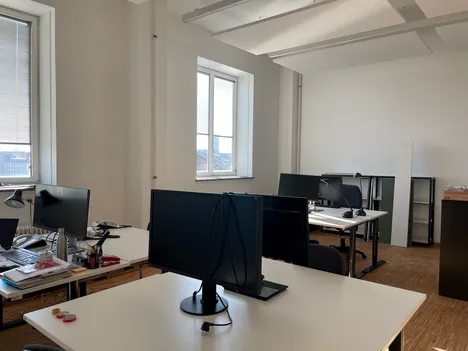Nadia Alaily-Mattar, Vincent Baptist, Lukas Legner, Diane Arvanitakis, Alain Thierstein
Common yet unsubstantiated assumptions in scholarly discussions of iconic architecture revolve around media exposure as a benchmark through which a building can draw public attention and subsequently become iconic and popular. Testing such assumptions is hindered by the elusiveness of the concept of iconicity. It often remains unclear what iconic architecture actually is, and therefore also how the iconic status of a building arises and develops over time, especially in relation to media representations. An important role for a building’s achievement to reach iconic status is allocated to media exposure as a way of capturing and fueling a building’s popularity. However, it remains unclear how circulations of images and content of a building’s architecture, particularly on social media, unfold and whether, if at all, they shape and influence the iconic status of buildings. This article fills part of this research gap.


